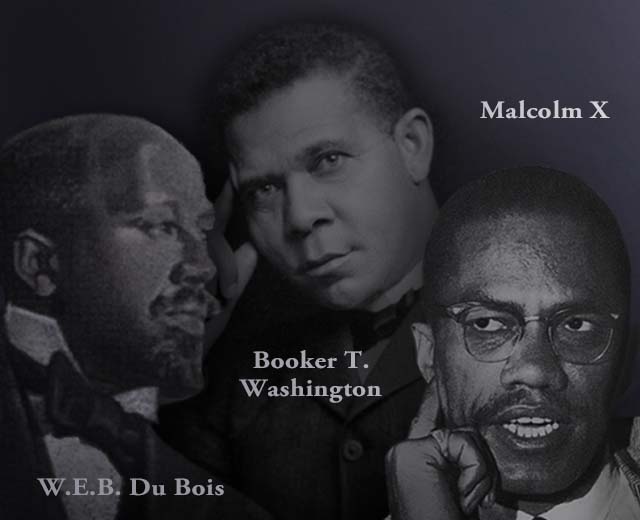Through its Arts Program, University of Maryland Global Campus (UMGC) provides a showcase for a broad and diverse range of emerging and established artists. UMGC has been curating its permanent art collections and hosting temporary exhibits since 1978, including the works of a number of prominent African American artists.
In celebration of Black History Month, we are spotlighting several Black artists whose work has been on exhibit at UMGC. Arts Program Director Eric Key has selected some of these pieces and shares his thoughts on them.
These are just a few of the many visionary African Americans whose art and ideals are integral to the rich history and cultural fabric of American life.
The liberal arts programs at UMGC provide a well-rounded and customizable education that can help you deepen your understanding of the world by studying the art, history, culture, and creative minds that helped shape our society. Search and view the entire catalog of UMGC’s permanent collection and get more information about the collection on the Art Collections page.
Reference on this webpage to any third-party entity or product does not constitute or imply endorsement by UMGC nor does it constitute or imply endorsement of UMGC by the third party.

/blog-hbcu-mlk-education-umgc-linklist-shutterstock-2315140911.jpg)
/blog-black-history-month-linklist-banner-GettyImages-482964331.jpg)


Share This